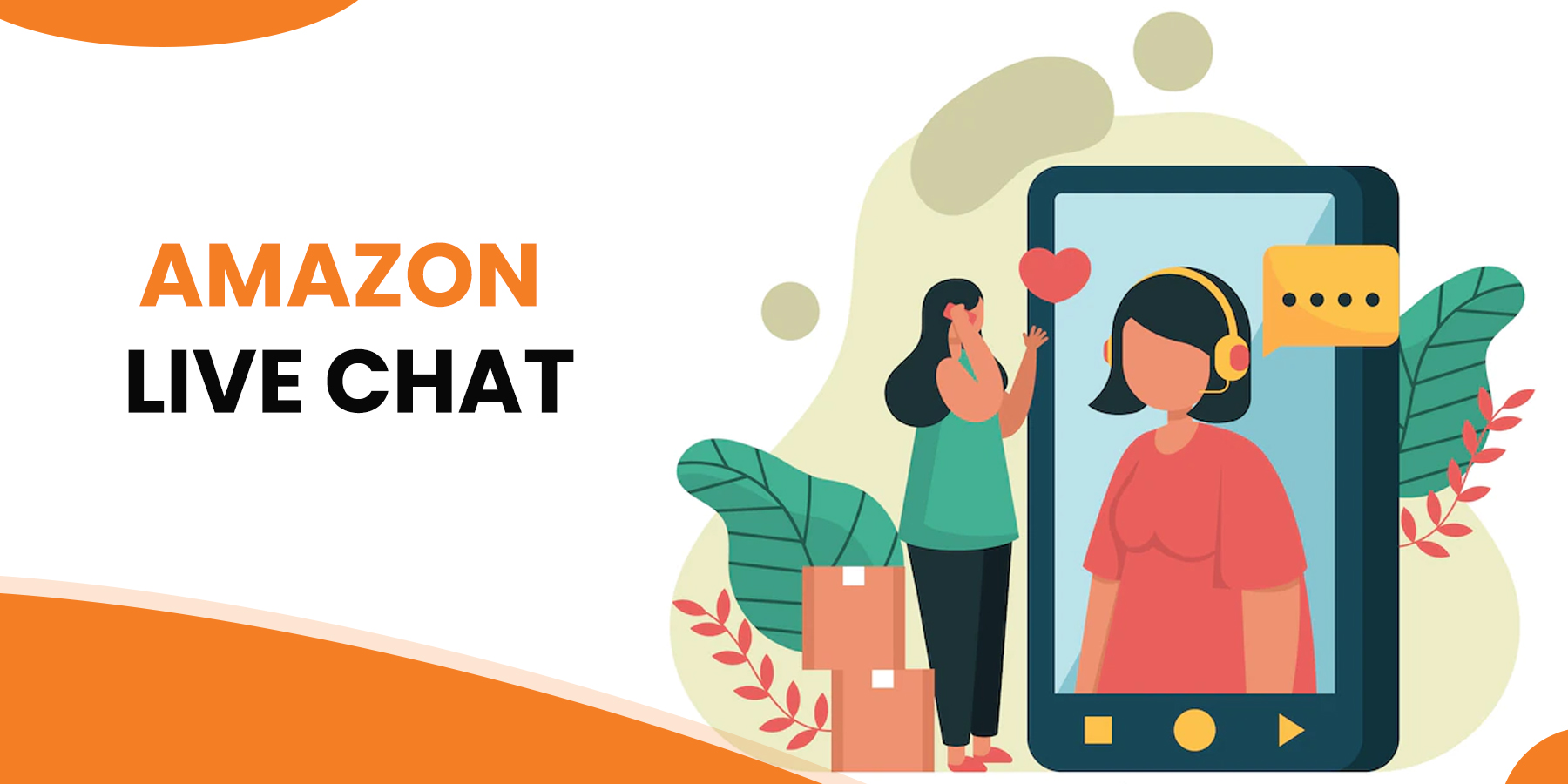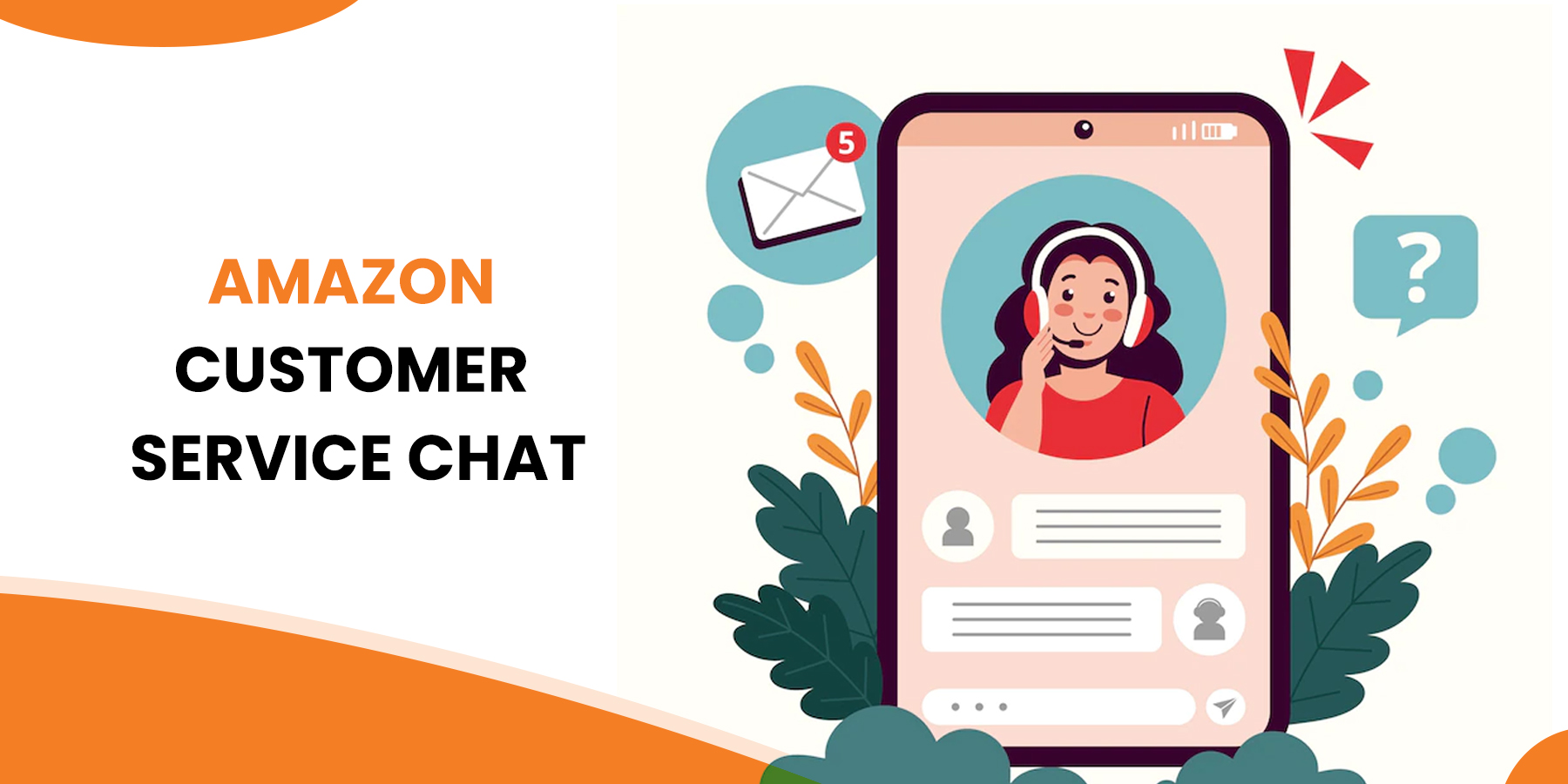When it comes to customer support, businesses have to decide whether to handle it in-house or outsource it to a third party. Both options have pros and cons, and the right choice for your business will depend on various factors. This blog post will explore the differences between outsourcing chat support and in-house support and help you determine which option is best for your business.
On the other hand, outsourcing chat support, such as Amazon customer service chat or Amazon live chat support, can be a cost-effective solution, as it allows you to tap into a pool of experienced customer service professionals without having to pay for the overhead of hiring and training in-house staff.
Additionally, outsourcing can give you access to a broader range of skills and expertise and the ability to scale up or down as needed. Some businesses, like Amazon, may outsource customer interaction services or customer interaction management to third parties.
On the other hand, in-house support can offer several benefits as well. For one, it can provide a more personalized and consistent experience for your customers, as your in-house team will have a deep understanding of your business and its products or services. In-house support can also allow for more control and flexibility over the customer service process, as you can tailor it to your specific needs and preferences. While Amazon does offer customer service via email and live chat, it also has an in-house customer service team to handle customer inquiries and complaints.
Ultimately, the decision between outsourcing chat support and in-house support will depend on your business's specific needs, budget, and goals. By weighing the pros and cons of each option, you can make an informed decision about which approach is best for your business.
Outsourcing Chat Support Advantages of Outsourcing Chat Support
There are several advantages to outsourcing chat support for a business:
- Cost-effectiveness: Outsourcing chat support, such as outsourcing customer service or outsourcing customer service, can be more cost-effective than hiring and training in-house staff. Outsourcing allows a company to tap into a pool of experienced professionals without bearing the overhead costs of hiring and training.
- Access to a broader range of skills and expertise: Outsourcing chat support allows a business to access a wider pool of talent, which can be particularly useful if a company has specialized or technical support needs. For example, Amazon's customer interaction services and customer interaction management teams may be outsourced to third parties to provide customer technical support.
- Scalability: Outsourcing chat support allows a business to scale up or down its customer support resources as needed, depending on customer demand. This can be particularly useful for companies that experience seasonal fluctuations in customer demand.
- Flexibility: Outsourcing chat support allows a business to be more flexible regarding the channels and languages it can offer customer support. This can be particularly useful for companies that operate in multiple countries or regions. For example, Amazon offers customer service via email and live chat, such as Amazon customer service chat and Amazon lives chat support, in multiple languages.
- Improved customer satisfaction: A business can improve customer satisfaction and loyalty by outsourcing chat support to trained professionals in customer service. This can lead to increased customer retention and sales.
Disadvantages of Outsourcing Chat Support
There are also some disadvantages to outsourcing chat support that a business should consider:
- Loss of control over the customer service process: Outsourcing chat support, such as outsourcing customer service or outsourcing customer service, means relying on a third party to handle customer inquiries and complaints. This can make it difficult for a business to have complete control over the customer service process, which can be a concern for companies that value a high level of control.
- Difficulty in ensuring consistent quality of service: Working with an external vendor for chat support, such as Amazon customer service chat or Amazon live chat support, can make it difficult for a business to ensure that all customer interactions are consistently high quality. This can be a particular concern if a business relies on its customer support to differentiate itself from competitors.
- Potential language and cultural barriers: Outsourcing chat support to a vendor in a different country or region can introduce language and cultural barriers that can impact the quality of the customer experience. For example, Amazon's customer interaction services and customer interaction management teams may need to be outsourced to third parties to provide specialized customer support, which can introduce language and cultural barriers.
- The complexity of managing the relationship with the vendor: Outsourcing chat support involves working with an external vendor, which can add complexity to the relationship. This can be particularly challenging if a business has specific requirements or needs that the vendor needs to accommodate.
- Loss of personal touch: In-house support can offer a more personalized and consistent customer experience, as the in-house team deeply understands the business and its products or services. Outsourcing chat support may need more personal touch and may need to be able to provide the same level of personalized service.
In-House Support
Advantages of In-House Support
There are several advantages to having in-house customer support for a business:
- Personalized and consistent customer experience: In-house customer support allows a business to provide a more personalized and consistent customer experience. This is because the in-house team deeply understands the business and its products or services and can offer tailored support to meet each customer's specific needs.
- Greater control over the customer service process: In-house customer support allows a business to have greater control over the customer service process, as it has complete control over the hiring, training, and management of its customer service team. This can be particularly useful for businesses that value a high level of control over the customer experience.
- Flexibility to tailor the process to specific needs and preferences: A business can tailor the customer service process to its specific needs and preferences with in-house customer support. This can include customizing the channels, tools, and processes used to support customers.
- Improved customer satisfaction: By having a dedicated in-house customer support team, a business can improve its customer satisfaction and loyalty. This can lead to increased customer retention and sales.
- Ability to build company culture and foster employee development: Having an in-house customer support team can also help a business develop its culture and foster employee development. This can be particularly beneficial for companies that value employee growth and development.
Disadvantages of In-House Support
There are also some disadvantages to having in-house customer support that a business should consider:
- Higher overhead costs: Hiring and training in-house customer support staff can be more expensive than outsourcing to a third party. This is because a business has to bear the overhead costs of hiring, training, and managing its customer service team.
- Limited access to a broader pool of skills and expertise: In-house customer support may have access to a different pool of skills and expertise than an outsourced vendor, limiting a business's ability to provide specialized or technical support.
- Difficulty in scaling up or down as needed: In-house customer support may be more challenging to scale up or down as required, depending on customer demand. This can be particularly challenging for businesses that experience seasonal fluctuations in customer demand.
- Limited flexibility in channels and languages offered: In-house customer support may be limited regarding the media and speeches it can provide help. This can be a concern for businesses operating in multiple countries or regions.
- Limited access to resources and technologies: In-house customer support may have limited access to the same resources and technologies as an outsourced vendor, which can impact the efficiency and effectiveness of the customer service process.
Factors to Consider When Deciding between Outsourcing and In-House Support
There are several factors that a business should consider when deciding between outsourcing and in-house support:
- Budget: The cost of outsourcing vs. in-house support is crucial. Outsourcing can be more cost-effective, allowing a business to tap into a pool of experienced professionals without bearing the overhead costs of hiring and training in-house staff. However, in-house support may be more suitable for businesses with larger budgets that can afford the overhead costs of hiring and preparing their customer service team.
- Business size and scale: The size and scale of a business can also impact the decision between outsourcing and in-house support. Smaller companies prefer outsourcing due to its lower overhead costs and flexibility. In comparison, larger companies may have the resources and scale to justify an in-house customer service team.
- Customer service goals and expectations: A business's customer service goals and expectations can also play a role in the decision between outsourcing and in-house support. For example, a company that values a highly personalized and consistent customer experience may prefer in-house support, while a business that prioritizes cost-effectiveness may prefer outsourcing.
- Product or service offerings: The complexity of a business's products or services can also impact the decision between outsourcing and in-house support. For example, companies with more complex products or services may benefit from in-house support, as it allows them to provide specialized and technical support to customers.
- Available resources and capabilities: A business's available resources and capabilities, such as budget, staff, and technology, can also impact the decision between outsourcing and in-house support. For example, a business with limited resources may prefer outsourcing, while a business with a larger budget and more resources may prefer in-house support.
Conclusion
Deciding between outsourcing chat support and in-house support is a complex decision that depends on a business's specific needs and goals. Both options have pros and cons, and the right choice will depend on various factors such as budget, business size and scale, customer service goals and expectations, product or service offerings, and available resources and capabilities.
For businesses looking to outsource their customer interaction services, options such as Amazon customer service chat, Amazon outsourcing customer service, or Amazon outsourced customer service may be worth considering. These options allow a business to tap into a pool of experienced professionals and scale up or down as needed. Still, they may also introduce language and cultural barriers and need more personal touch and consistency of in-house support.
Alternatively, businesses may handle customer interaction management in-house through options such as Amazon customer service email or Amazon live chat support. This can offer a more personalized and consistent customer experience and greater control over the customer service process. However, in-house support can also be more expensive due to the overhead costs of hiring and training staff, and it may be more challenging to scale up or down as needed.
Ultimately, outsourcing and in-house support depend on a business's specific needs and goals. By weighing the pros and cons of each option, a company can make an informed decision about which approach is best for its needs.










